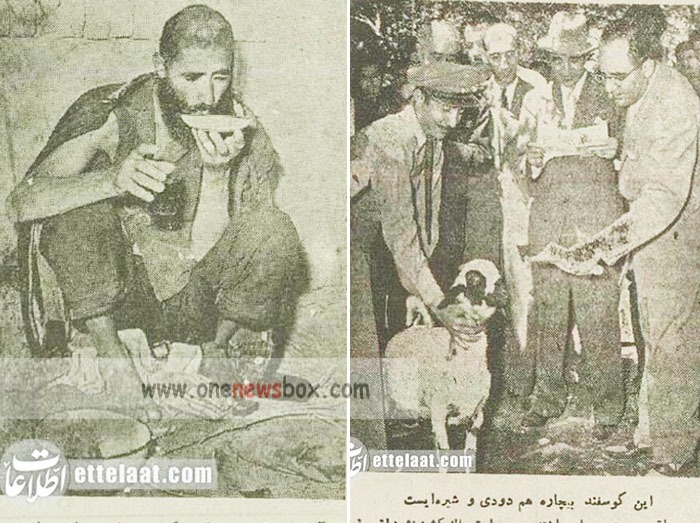In Persian literature, pacharagh and opium use had long carried metaphorical weight. Poets used references to intoxication, ruin, and narcotics as symbols of existential despair or mystical escape. By the 20th century, however, the imagery of ruin attached to dispensaries became more literal. Social reformers, doctors, and educators began to equate them with disease, crime, and poverty.
The “barmaid” figure also became an object of social anxiety. While some saw these women as victims of poverty, others regarded them as corruptors of men and symbols of vice. Their presence in dispensaries blurred the line between narcotic use and illicit sexuality, further reinforcing the association between pacharagh and moral degradation.
State Policy and Legal Measures
Iranian law attempted to regulate dispensaries and opium consumption in various ways. By the 1930s, strict penalties were introduced for establishing or operating a pacharagh. The law of 1312 (1933 CE) set punishments ranging from one to six months of correctional imprisonment, or fines between five million and ten million rials. Although this law eventually fell out of force, its spirit continued to guide state policy.

